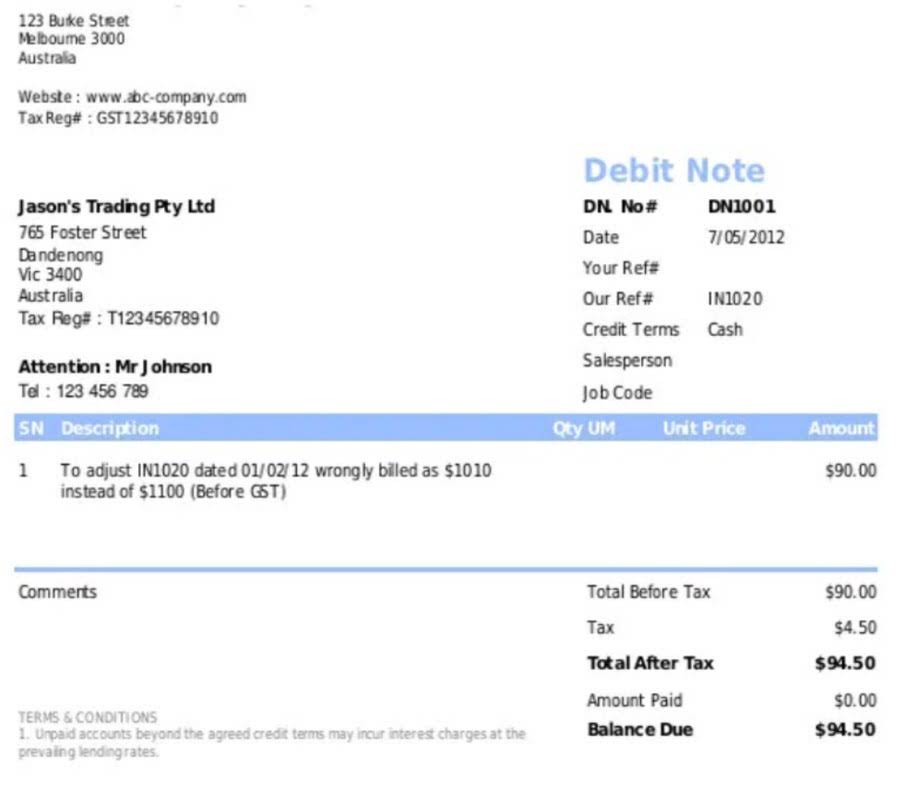
They take the required asset on rent and pay the pre-specified installment for the asset in terms of cash or cheques. Rent paid journal entry is passed in order to record the necessary rent payments against rented assets. Rent is an expense for business and thus has a debit balance. Through accounting transactions, businesses can have access to relevant data needed for the preparation of financial reports and statements.
- Common accounts include cash, accounts receivable, inventory, accounts payable, and various expense or revenue accounts.
- From an accounting perspective, cash transactions simplify bookkeeping since they do not require tracking outstanding balances.
- Some transactions don’t affect the accounting equation because they increase and decrease multiple accounts of the same type (e.g., assets).
- An income that has been earned, but not yet received in the current financial year is called Accrued Income.
- Journal Book is maintained to have prime records for small firms.
Balance
They help in accurately reflecting the business’s asset value, expenses, or other financial changes within the organization. Recording transactions is a fundamental process in accounting that ensures all financial activities of a business are accurately documented. Each transaction, whether it’s a cash payment, a credit sale, AI in Accounting or an internal adjustment, is recorded in the company’s accounting system using the double-entry bookkeeping method. For tax reasons, the cash basis of accounting is available only if a company has an average of less than $26 million over the prior three years in annual sales. The cash basis is easier than the accrual basis for recording transactions because no complex accounting transactions, such as accruals and deferrals, are necessary. Its drawback is that the profit of the business may vary wildly from month to month, at least on paper.

Journal Entry for Depreciation
These transactions have grown significantly with the rise of e-commerce and fintech innovations. Unlike cash transactions, digital payments provide an electronic record, making them easier to track and reconcile. So, you record a single transaction, but it affects at least two accounts. trial balance The accrual method also typically sees more transactions in the account ledger because it uses more accounts. Under ASC 606, revenue recognition requires that performance obligations be fully satisfied before a transaction is finalized in financial statements. This means that even if partial payments have been made, the transaction remains open until the seller has fulfilled all contractual duties.

FUNDAMENTAL ACCOUNTING EQUATION EXAMPLE:

Rather, the entity receiving the goods or services promises to pay at a later date. Often, these transactions come with applicable eligibility requirements. When you’re looking at your accounting transactions, you can classify them based on relationship. Specifically, it takes into account whether or not money is being used out of the company, or within it. An accounting transaction refers to any business activity that affects finances. When something affects finances, it has to be recorded through an accounting transaction.

- In today’s business world goods are mostly purchased and sold on credit.
- A transaction may be recorded by a company earlier or later depending on whether it uses accrual accounting or cash accounting.
- Generally Accepted Accounting Principles (GAAP) or International Financial Reporting Standards (IFRS), as improper classification can lead to misstated earnings.
- When a business commences and capital is introduced in form of cash.
- Entry #3 — PGS takes out a bank loan to renovate the new store location for $100,000 and agrees to pay $1,000 a month.
- Remember that a single transaction results in at least two journal entries in double-entry accounting but only one entry in single-entry accounting.
- So it is a valid business transaction, which you must make part of your business’s accounting record.
It involves the exchange of goods, services, or money between two parties. For example, when a company purchases inventory, sells products, pays employees, or receives payment from customers, recording transactions in a journal these are all transactions. Internal transactions are financial activities that happen within a company without involving any external party. Examples include recording depreciation, inventory adjustments, or transferring assets between departments. These transactions don’t result in an exchange of cash but affect the company’s internal financial records.





